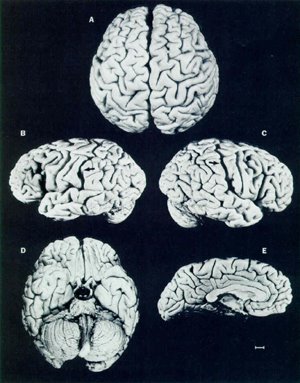However!
Certain progressive thinkers might fancy this way of understanding the structure of the universe as an opportunity to capitalize on a more unified and harmonious approach to untangling the mysteries of existence. In fact, it may even turn out to be that the physics of the universe can not be understood alone as a theory of everything and for this, it must be paired and fleshed out with philosophy.
Without further ado, let me unravel a bit of string theory...
Quantum mechanics explains the world of the extremely small, obv. No words or pictures could describe how small. But for fokkus purposes, string theory details that which is 1 billion billion times smaller than an atom. An atom consists of a nucleus containing two types of particles, neutrons and protons, surrounded by electrons (negatively charged particles) orbiting the nucleus. The protons and neutrons are made of quarks which are really raaandom bits with all types of arbitrarily-named properties. Quarks, then, are thought to be made of (or rather are) the tiny crumbs of vibrating strings that make up string theory.
In the way that an actual vibrating string on a cello or other stringed instrument can produce various notes, the vibrating strings of the universe can vibrate at different frequencies and produce different forces and types of matter-the stuff that is us and the universe at large. Which makes sense, if you think about how many different frequencies of vibrating strings and air it takes to create a symphony. And, when you hear the unparalleled beauty of the music... this can be like looking out across the planet and beholding the majesty and the undoubted harmony in nature.

But... really random things start happening if we begin solving equations according to string theory:
Oye, 11-dimensional M-theory: This version of string theory posits that spacetime has in fact 11 dimensions, rather than the four we experience. These dimensions are not apparent to us as they may or may not be tightly rolled up... like a scroll! But M theory also describes universes very much like ours with our four observable spacetime dimensions (3 in space and 1 in time), 'as well as universes with up to 10 flat space dimensions, and also cases where the position in some of the dimensions is not described by a real number, but by a completely different type of mathematical quantity.'
Branes or p-branes (short for membranes hence M theory) are included in string theory and describe 'spatially extended mathematical concepts'... er, for example- (the p variable stands for the number of spatial dimensions of the brane) 0-brane = a zero-dimensional pointlike particle, 1-brane = string, 2-brane = membrane, etc. etc.


.jpg)